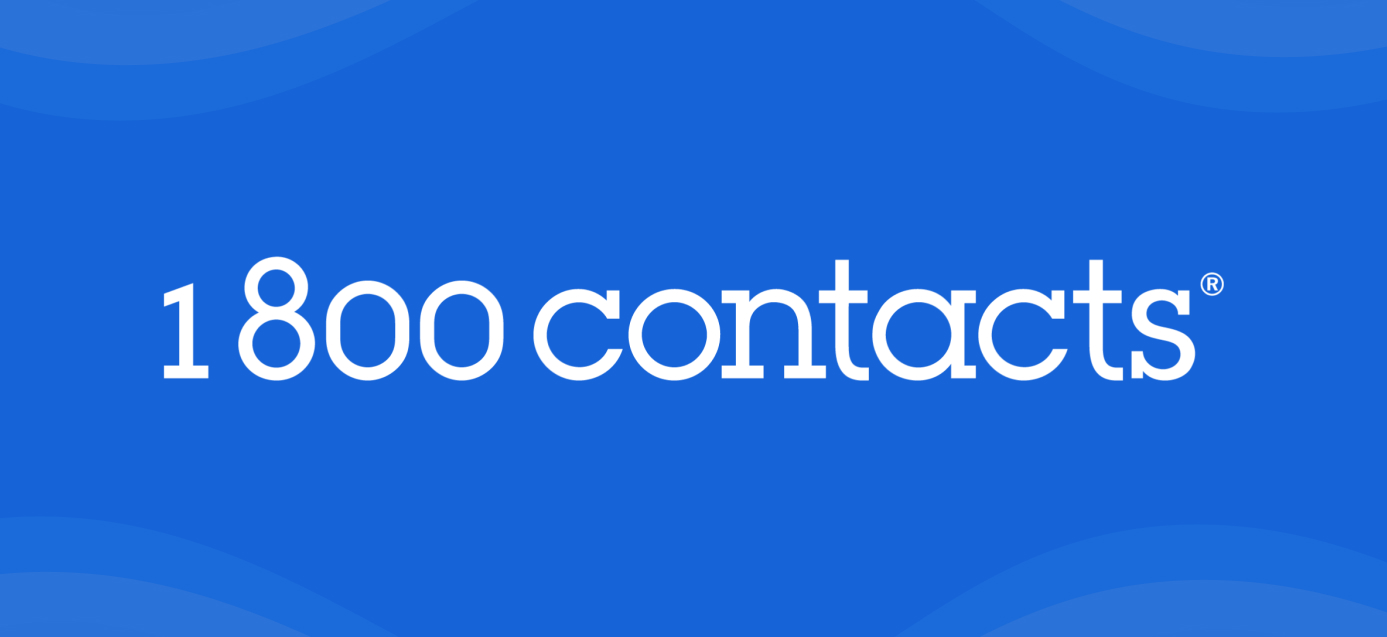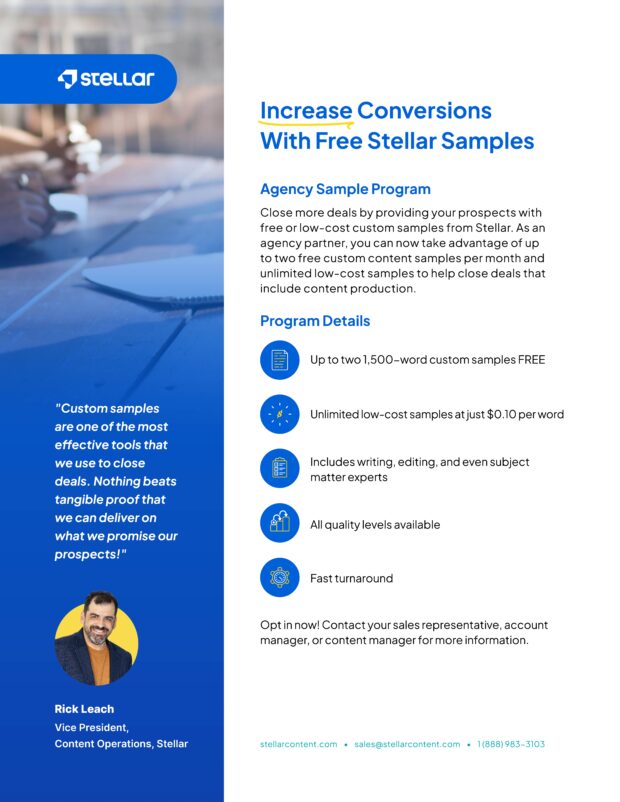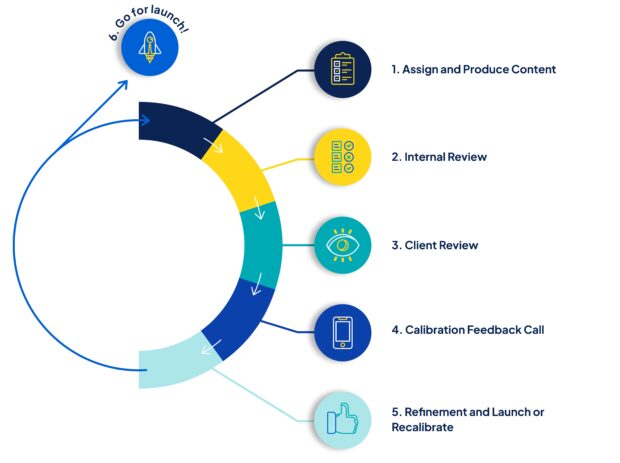
Initial Communication
Welcome and Introduction
- On-site: Schedule an in-person meeting or orientation session.
- Remote Employment: Arrange a virtual welcome meeting via video conferencing.
- Remote Freelance/Contract: Send a detailed welcome email with an overview of key information, including the company, project, expectations, and contacts.
Reminder: Ensure Legal Clarity
For freelancers, clearly outline payment terms, scope of work, and timelines in the contract to avoid any future misunderstandings.
Legal Documentation
- On-site: Provide physical copies of contracts and NDAs during the first meeting.
- Remote Employment: Send electronic versions of contracts and NDAs to be signed digitally.
- Remote Freelance/Contract: Include NDAs, payment terms, scope of work, and project timelines in the contract.
Access and Setup
Tool Access and Workspace Setup
- On-site: Set up workstation with necessary hardware and software; provide building access and security passes.
- Remote Employment: Guide the setup of remote access to company systems, VPN, and software. Send equipment or allowance if applicable.
- Remote Freelance/Contract: Ensure access to project management and communication tools, and provide any necessary software licenses.
IT and Security Protocols
- On-site: Conduct a brief training session on data security and IT protocols.
- Remote Employment: Provide guidelines on secure access, including password management and data protection.
- Remote Freelance/Contract: Emphasize the importance of secure data handling and provide resources for secure file transfer.
- Additional Notes: Introduce and provide training on any time tracking or productivity measurement tools used by the agency.
Important: Set Up Secure Access
Make sure all writers, regardless of their location, have secure access to necessary tools and systems, prioritizing data security.
Orientation and Training
Agency Overview and Brand Guidelines
- On-site: Host a workshop or meeting to discuss the agency’s mission, values, and branding.
- Remote Employment: Share a recorded presentation or live webinar on the agency’s mission, values, and branding.
- Remote Freelance/Contract: Provide detailed written materials and examples of the brand voice and style guide for the project(s) the writer will work on.
Tools and Software Training
- On-site: Schedule in-person training sessions with IT or a dedicated trainer.
- Remote Employment: Conduct virtual training sessions and provide access to online resources.
- Remote Freelance/Contract: Offer video tutorials and written guides for essential tools.
Content Standards and Processes
Content Briefs and Editorial Guidelines
- On-site: Organize workshops on interpreting and following content briefs.
- Remote Employment: Use virtual workshops or detailed guides to explain content standards.
- Remote Freelance/Contract: Provide comprehensive written guidelines and a point of contact for questions.
Quality Assurance Procedures
- On-site: Detail the QA process and provide checklists.
- Remote Employment: Share QA protocols through webinars or written documents.
- Remote Freelance/Contract: Include QA expectations in the initial project briefing and feedback sessions.
- Additional Notes: Explain how projects are assigned, transferred, or handed over between team members.
Integration and Engagement
Team Integration
- On-site: Facilitate introductions and encourage participation in office activities.
- Remote Employment: Use video calls for team introductions and virtual social events.
- Remote Freelance/Contract: Include freelancers in relevant virtual meetings and communication channels.
- Additional Notes: Assign a mentor or buddy to help new writers acclimate to the agency culture and processes.
Note: Inclusion Matters
Incorporate remote and freelance writers into team dynamics through virtual meetings and communication channels. This fosters a sense of belonging and improves collaboration.
Initial Assignments and Feedback
Assignment and Feedback Process
- On-site: Discuss the first assignment in person and set a feedback meeting.
- Remote Employment: Assign projects through project management tools and schedule a virtual feedback session.
- Remote Freelance/Contract: Clearly outline deadlines and feedback loops via email or communication platforms.
Ongoing Development
Professional Development and Resources
- On-site: Provide access to in-house training sessions and resources.
- Remote Employment: Offer online courses, webinars, and virtual training.
- Remote Freelance/Contract: Share access to industry resources and encourage participation in webinars.
- Additional Notes: Establish a clear process for writers to provide feedback on the onboarding process and set up a system for ongoing feedback.
Documentation and Record-Keeping
Performance Tracking and Updates
- On-site: Maintain records in HR or project management systems; conduct regular reviews.
- Remote Employment: Use digital tools for performance tracking and documentation updates.
- Remote Freelance/Contract: Keep detailed records of assignments, feedback, and contract terms.
Finalize Onboarding
Onboarding Completion
- On-site: Conduct a final meeting to review the onboarding experience and address any questions.
- Remote Employment: Schedule a virtual completion review and gather feedback on the process.
- Remote Freelance/Contract: Send a final onboarding review form and schedule a call for any last queries.












